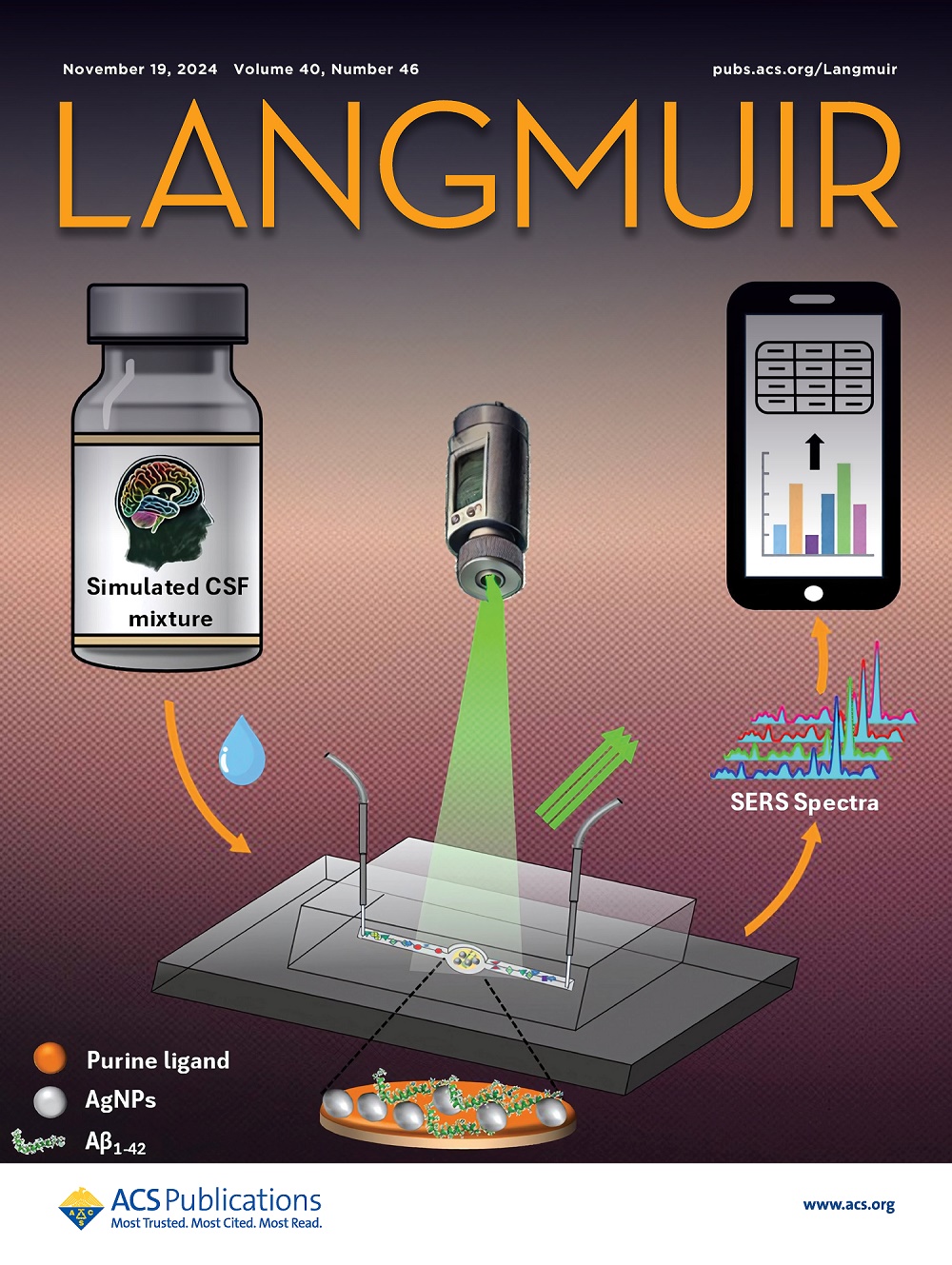重新审视Furmidge方程
IF 3.7
2区 化学
Q2 CHEMISTRY, MULTIDISCIPLINARY
引用次数: 0
摘要
本文讨论了引起Furmidge方程的不连续函数问题,这是界面科学中一个长期存在的问题。滑动液滴接触线上的力与液滴大小、接触角迟滞、表面张力和几何预因子k有关,k取决于接触角在接触线上的分布。最常见的接触线力表达式,称为Furmidge方程,取k = 1,并基于不连续的接触线,而对该模型的修正为接触角提出多项式函数形式,导致导数不连续。此外,实验结果为不同固体上的不同液滴提供了广泛的k值范围,并且该范围尚未在物理环境中得到解释。因此,对滑动液滴的力的理解仍然缺乏。我们基于傅里叶级数构建了一个通用模型,并通过在傅里叶级数上叠加一系列高斯曲线来进一步推广这个模型。该模型的结果是一个k值范围,与文献中出现的实验值范围一致。此外,我们将接触角的函数形式与实验数据拟合,并发现很好的一致性,k值之间也很好地吻合。本文章由计算机程序翻译,如有差异,请以英文原文为准。

Furmidge Equation Revisited
This paper addresses the issue of the discontinuous function that gives rise to the Furmidge equation, a long-standing problem in interfacial science. The force at the contact line of a sliding drop is related to the drop size, the contact angle hysteresis, the surface tension, and a geometrical prefactor k which depends on the distribution of the contact angle about the contact line. The most common expression for the contact line force, called the Furmidge equation, takes k = 1 and is based on a discontinuous contact line, while corrections to this model pose polynomial functional forms for the contact angle, engendering discontinuities in the derivatives. Moreover, experimental findings provide a wide range of k values for different drops on different solids, and this range is yet to be explained in a physical context. Owing to this, the understanding of forces on sliding drops remains lacking. We construct a general model based on a Fourier series, and we further generalize this model by superposing a series of Gaussian curves on our Fourier series. The result of this model is a range of k values, in accordance to the range of experimental values which appear in the literature. Additionally, we fit our functional form for the contact angle to experimental data and find good agreement, as well as good agreement between k values.
求助全文
通过发布文献求助,成功后即可免费获取论文全文。
去求助
来源期刊

Langmuir
化学-材料科学:综合
CiteScore
6.50
自引率
10.30%
发文量
1464
审稿时长
2.1 months
期刊介绍:
Langmuir is an interdisciplinary journal publishing articles in the following subject categories:
Colloids: surfactants and self-assembly, dispersions, emulsions, foams
Interfaces: adsorption, reactions, films, forces
Biological Interfaces: biocolloids, biomolecular and biomimetic materials
Materials: nano- and mesostructured materials, polymers, gels, liquid crystals
Electrochemistry: interfacial charge transfer, charge transport, electrocatalysis, electrokinetic phenomena, bioelectrochemistry
Devices and Applications: sensors, fluidics, patterning, catalysis, photonic crystals
However, when high-impact, original work is submitted that does not fit within the above categories, decisions to accept or decline such papers will be based on one criteria: What Would Irving Do?
Langmuir ranks #2 in citations out of 136 journals in the category of Physical Chemistry with 113,157 total citations. The journal received an Impact Factor of 4.384*.
This journal is also indexed in the categories of Materials Science (ranked #1) and Multidisciplinary Chemistry (ranked #5).
 求助内容:
求助内容: 应助结果提醒方式:
应助结果提醒方式:


